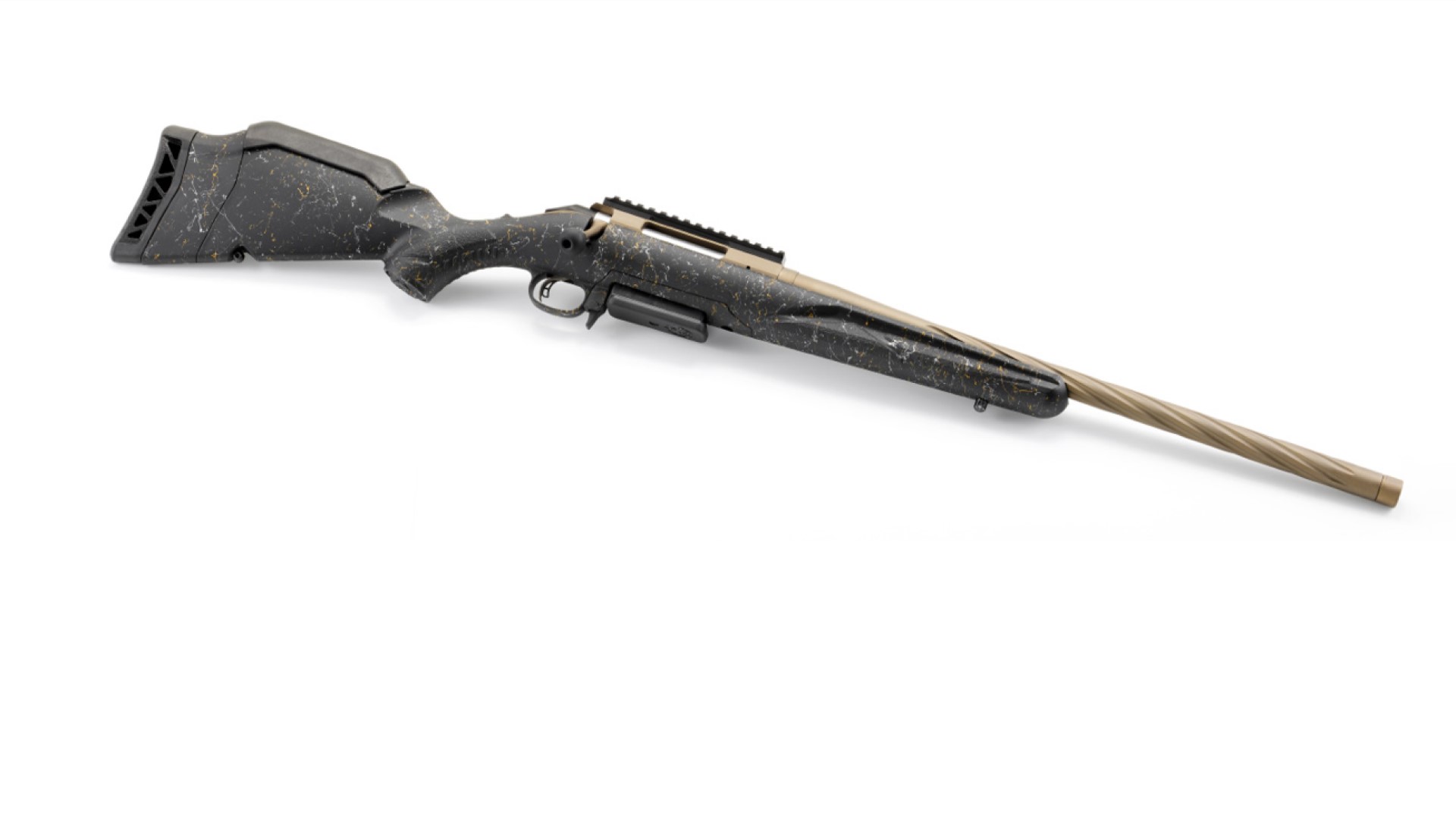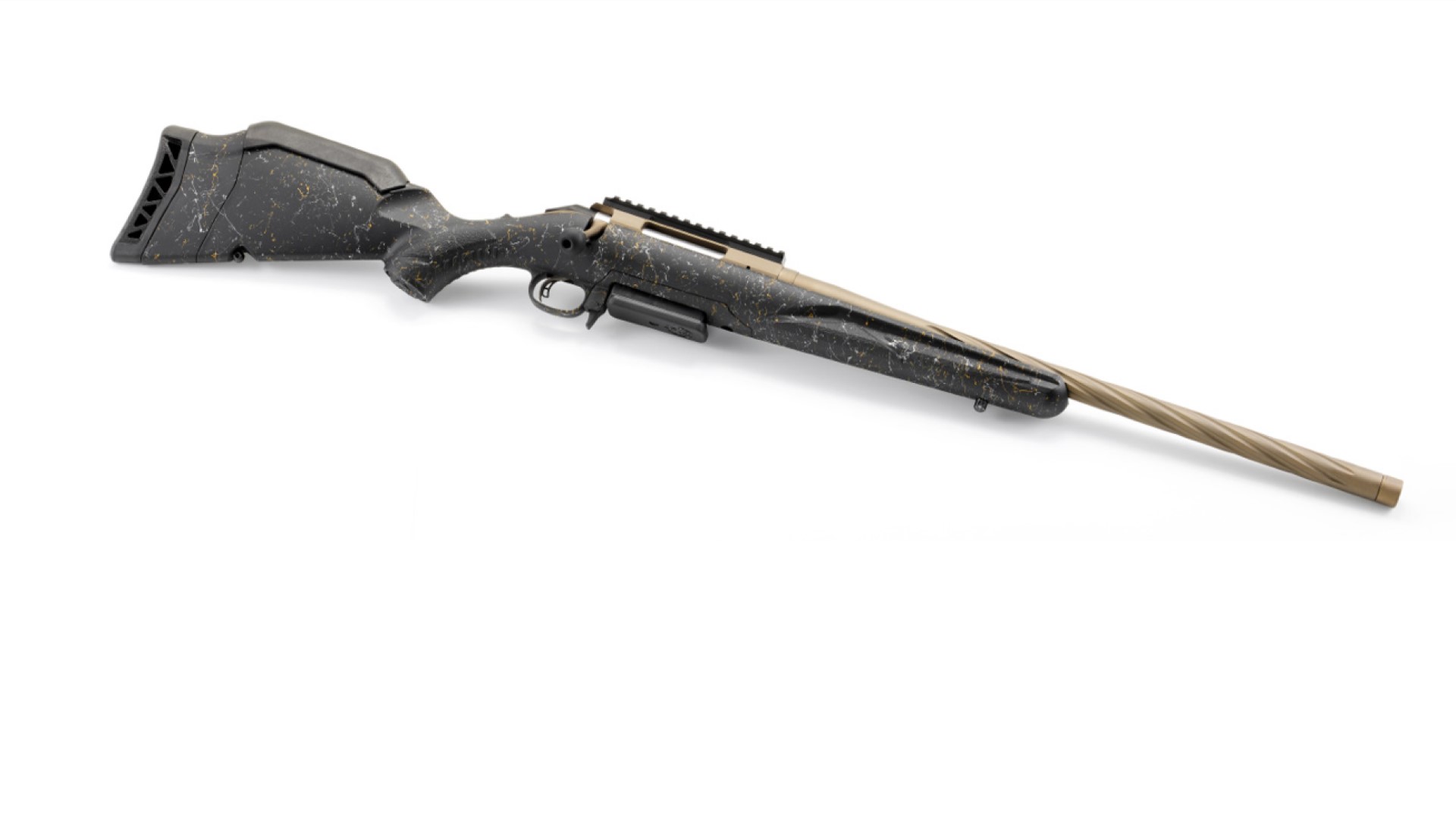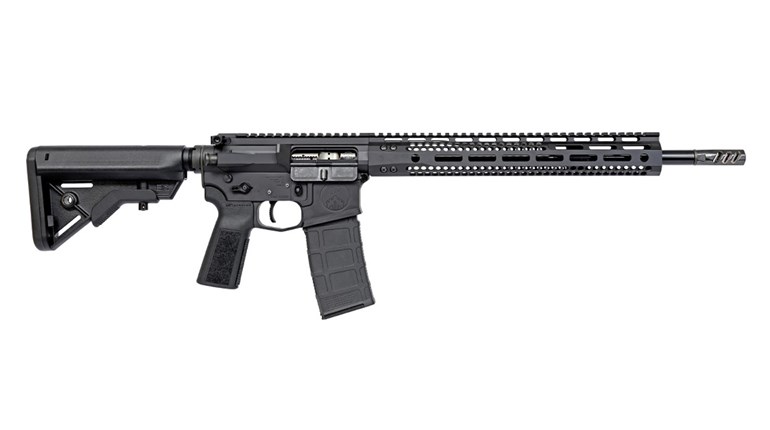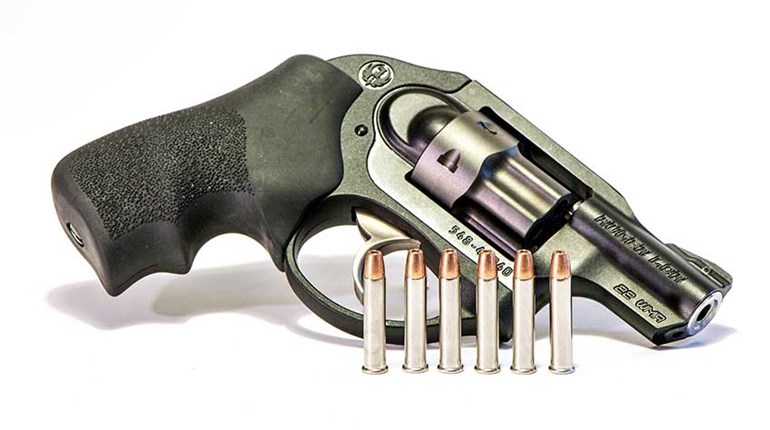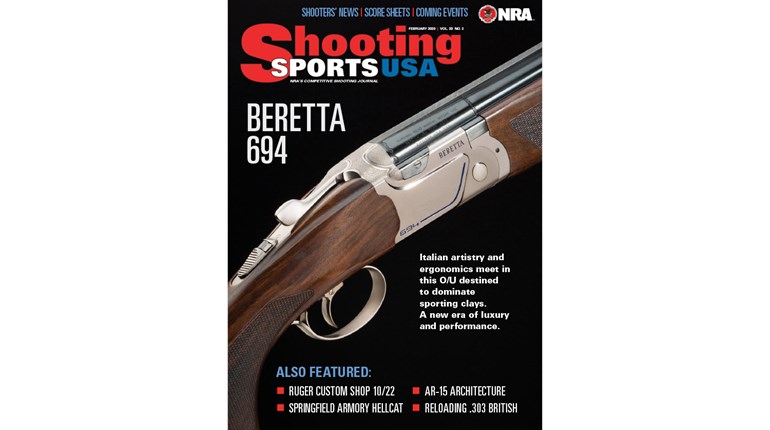
1. For beginners, I'd recommend starting with a completed upper receiver, a stripped lower receiver and a lower receiver parts kit. If small adults or youngsters will be shooting the rifle, a collapsible stock is the way to go.
2. If you want to hunt deer or shoot at longer ranges, select an upper receiver with a barrel that has a 1 in 9 or faster twist so it will stabilize heavier bullets.
3. Most AR factory or mil-spec triggers have a heavy and rough pull. This is not a good idea with any firearm. Unless you're going to let a qualified gunsmith perform a trigger job, an aftermarket drop-in trigger is the smart way to go. Not only will it make the shooting part more enjoyable, they are much easier to install.
4. Unless you want to build a rifle that looks like an original M16, I would also suggest avoiding upper receivers with a fixed carry handle and front sight that is integral to the barrel. Fixed carry handles make it hard to mount optics, and fixed front sights obstruct the view through optics unless they are mounted on a carry handle. The flat-top upper receiver, with a full-length, rail-type handguard or short piece of rail on the gas block makes for a much more versatile design that will allow small- and large-bodied shooters to better use the open sights or optics you select.
5. Finally, don't start the project without instructions. I recommend The Complete AR 15 Assembly Guide and Build Your Own AR 15, both available from Brownells. If these sources do not answer the questions you have, find a qualified gunsmith to sort out your problems.











